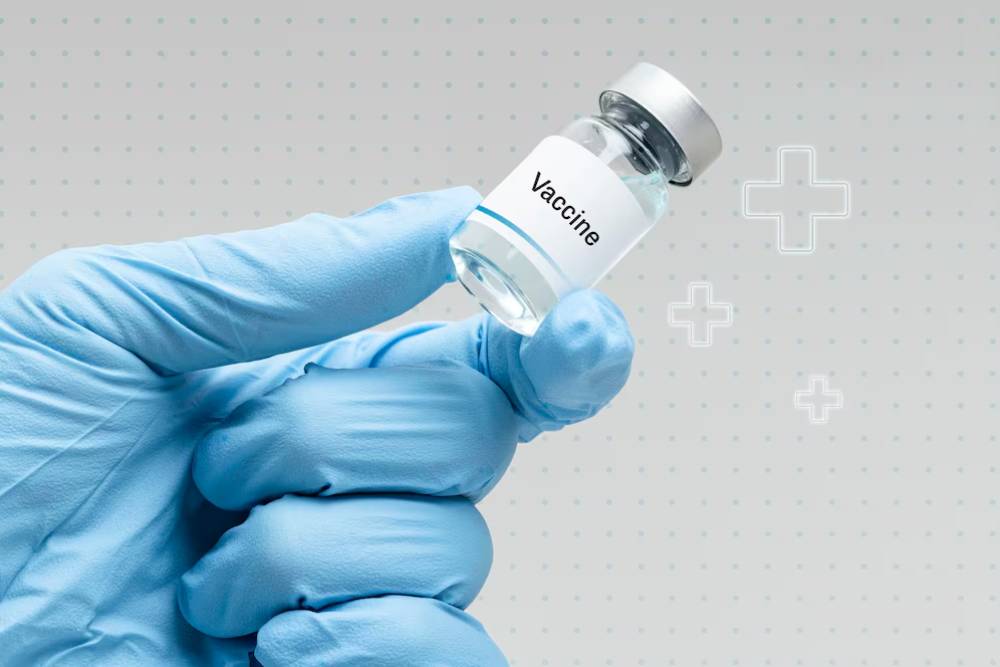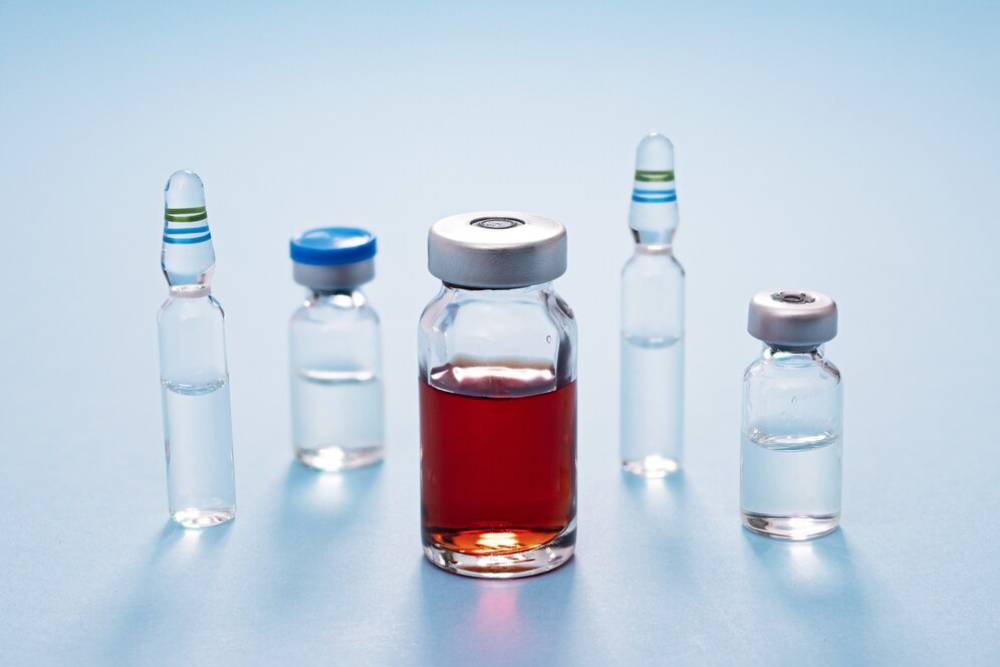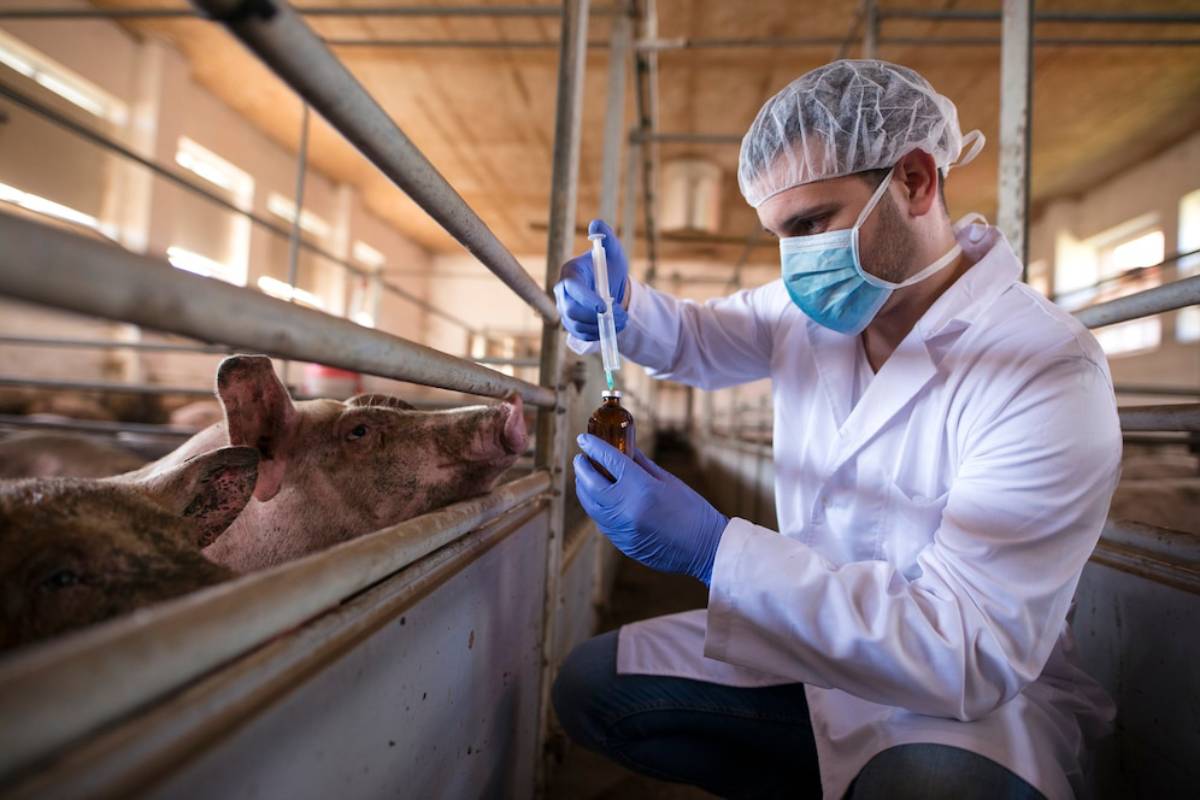
Needle-Free Vaccines: Innovation in Drug Delivery Systems
Recently, vaccine development has seen breakthroughs. Needle-free vaccines are a key innovation in drug delivery systems. This change is transforming immunology and public health. It offers new options to replace traditional needle-based vaccinations. Needle-free vaccines are changing how we give shots. They also make vaccines easier to access and follow for many people. In this blog, we’ll look at needle-free vaccine technology. We’ll discuss its benefits and what it means for the future of immunology.
This topic is critical, primarily as the world deals with the effects of the COVID-19 pandemic. The quest for effective vaccine delivery systems has never been more crucial. Needle-free vaccines solve many problems. They help with needle phobia and reduce the chance of needle-stick injuries. Also, they eliminate the need for trained healthcare workers to give shots. These new vaccine delivery systems make getting immunised easier for people everywhere.
Key Benefits
Overcoming Needle Phobia
One main benefit of needle-free vaccines is that they help with needle phobia. This fear often stops people from getting vaccinated. About 10% of people have trypanophobia, which is the fear of needles. This fear can cause people to hesitate about vaccines, which, in turn, weakens public health efforts aimed at achieving herd immunity. Needle-free vaccines can boost vaccination rates by removing the need for needles, which helps improve public health outcomes.
Reducing the Risk of Needle-Stick Injuries
Needle-stick injuries pose a significant risk to healthcare workers and patients alike. These injuries can spread blood-borne pathogens like HIV and hepatitis. Needle-free vaccine delivery systems reduce this risk by obliterating needles. This innovation improves safety in healthcare settings. It also eases the burden on healthcare systems by cutting down on post-exposure treatment needs.
Enhancing Vaccine Accessibility
Needle-free vaccines have the potential to revolutionise vaccine accessibility, particularly in low-resource settings. Traditional needle vaccines require trained health workers to administer them, which can be a problem in areas with few medical resources. Needle-free delivery systems include transdermal patches and oral vaccines. People can use them independently, or minimally trained staff can help. This makes it easier to reach vaccination programs in remote or underserved areas.
Improving Vaccine Stability and Distribution

Some needle-free vaccines, like dry powder formulations, are more stable than liquid ones. This stability is key for keeping vaccines effective during storage and transport. This is especially true in areas with weak cold chain systems. Needle-free vaccines can improve vaccine stability, reduce waste, and help more people get adequate immunisation.
Encouraging Innovation in Immunology
The development of needle-free vaccines is driving innovation in immunology. Researchers are looking into new ways to deliver vaccines, using methods like microneedle arrays and nanoparticle systems. These approaches aim to make vaccines more effective and safer. These innovations might increase the number of diseases vaccines can target, opening doors for new preventive and treatment options.
Additional Expert Tips & Common Mistakes to Avoid
Understanding the Limitations
While needle-free vaccines offer numerous benefits, it is essential to recognise their limitations. Not all vaccines can be effectively delivered using needle-free systems, and some may require specific delivery mechanisms to achieve optimal immune responses. So, researchers and healthcare professionals must carefully assess whether needle-free technologies are right for each vaccine.
Avoiding Over-Reliance on Technology
Like any new technology, there is a risk of depending too much on needle-free vaccine delivery systems. These systems have great benefits. However, they should support, not replace, traditional vaccination methods. A balanced approach is key. It should include both needle-free and needle-based vaccines. This way, we can ensure full immunisation coverage.
Ensuring Regulatory Compliance
Needle-free vaccines must dance under the spotlight of safety and efficacy. Strict rules guide their development, ensuring every jab is a joy, not a jab. Regulatory agencies, like the UK’s MHRA, play a crucial role as watchdogs of innovation. They review and approve vaccine technologies, acting as gatekeepers of health. Researchers and manufacturers must collaborate closely with these agencies to streamline this process. They work together to navigate the tricky rules, making needle-free vaccines a reality.
Educating the Public
Public education is vital to the successful implementation of needle-free vaccines. Misinformation about vaccines can hurt public trust, making it harder to encourage people to get vaccinated. Healthcare workers and policymakers need to talk openly with the public. This helps ease worries and highlights the benefits of needle-free vaccines.
Advanced Insights
Microneedle Technology
Microneedle technology is at the forefront of needle-free vaccine delivery systems. These tiny needles are often as small as a human hair. They go through the top layer of skin to deliver vaccines. This happens without causing pain or discomfort. Microneedle patches are easy to use, making them ideal for self-administration. This technology is excellent for providing vaccines that require booster shots. It helps people stick to their schedules and eases the load on healthcare systems.
Microneedle patches are easy to use. They reduce sharps disposal and allow for easier bulk distribution during vaccination campaigns. Early clinical trials show that microneedle vaccines can trigger strong immune responses. They may even work better than regular intramuscular injections.
Nanoparticle-Based Delivery Systems
Nanoparticle-based delivery systems are another exciting development in the field of needle-free vaccines. These systems use nanoparticles to encapsulate and deliver antigens to the immune system. Nanoparticles can enhance the stability and bioavailability of vaccines, improving their efficacy. They also allow for targeted delivery. This means vaccines can target specific cells or tissues. This helps create a stronger immune response.
This method works well for vaccines aimed at cancers or long-lasting infections. Delivering these vaccines directly to immune cells can improve treatment results. Some nanoparticle vaccines for influenza and malaria are in development. They show great promise.
Oral Vaccines

Oral vaccines represent a promising avenue for needle-free vaccine delivery. These vaccines go through the digestive tract, so no needles are needed, which makes patients more comfortable. Oral vaccines work well for boosting mucosal immunity, which is key in defending against respiratory and gastrointestinal infections. Researchers are looking into new ways to make oral vaccines more stable and effective, which could widen their use in different areas.
The oral polio vaccine (OPV) is one of the most famous. It has been vital in nearly wiping out polio around the globe. New oral vaccines are being developed for germs like rotavirus, cholera, and COVID-19. These formulations can handle stomach acids. They release active compounds at specific points in the gastrointestinal tract.
Conclusion: Innovation in Drug Delivery Systems
In conclusion, needle-free vaccines are a game-changer in drug delivery. They offer many benefits for public health and immunology. These technologies could change vaccination programs around the world. They tackle needle phobia, lowering the risk of needle-stick injuries and making vaccines easier to access. Researchers are still working on needle-free delivery methods. It’s essential to keep checking their safety and effectiveness.
The future of immunology looks bright. Needle-free vaccines are leading to better and easier healthcare solutions. We must work together. Researchers, healthcare professionals, and policymakers need to collaborate. This teamwork is key to successfully implementing these innovations. Needle-free vaccines can boost global immunisation efforts. They help protect communities from diseases that can be prevented.
Let’s keep supporting and investing in needle-free vaccines. This will help create a healthier, stronger future for everyone. What are your thoughts on needle-free vaccines? Share your thoughts and join the talk about the future of immunology and vaccine delivery.


